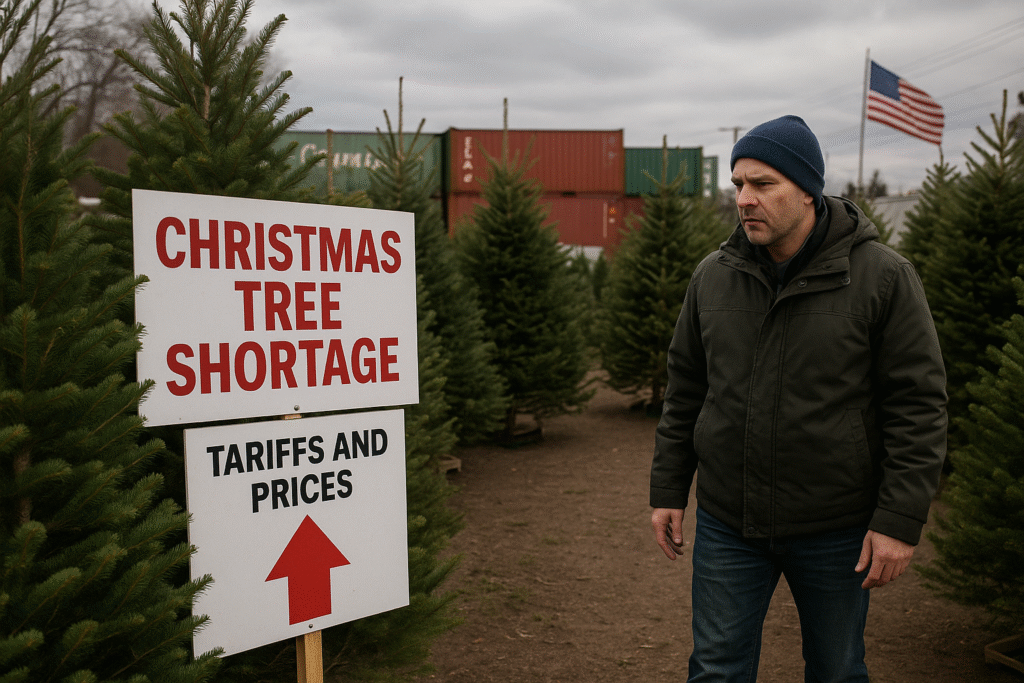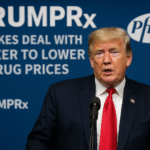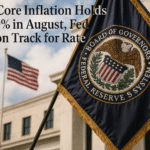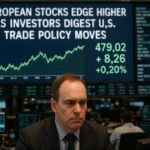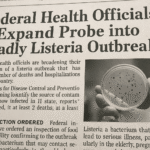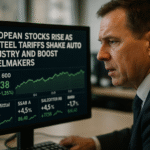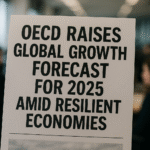By Harshit | October 8, 2025 | New York
Import Shortages Threaten Holiday Supply
NEW YORK — The joy of holiday decorating may come with a higher price tag this year. Retailers across the U.S. are bracing for a Christmas tree shortage, with tariffs and supply chain constraints leading to fewer artificial trees, wreaths, and lights on shelves.
National Tree Company, one of the country’s largest importers of artificial holiday goods, expects inventory to drop by 25% compared to last year. CEO Chris Butler confirmed that the company scaled back shipments due to trade war tariffs, warning families not to wait until late November to make their purchases.
“We are definitely going to see a short supply this year,” Butler told CNBC. “If you’re in the market for Christmas goods, I would definitely act now and get ahead of the curve.”
Traditionally, Black Friday marks the peak of holiday décor sales, but Butler emphasized that this year consumers who wait may be left with fewer choices.
Tariffs Drive Up Prices
Beyond limited availability, holiday shoppers will also pay more. National Tree Company has raised prices by roughly 10% across its Christmas product line, citing the impact of tariffs on imported goods.
While many middle-class families may absorb the cost increase, Butler acknowledged the strain on lower-income households. “We’re deeply aware that holiday celebrations shouldn’t become a luxury,” he said.
The company, which employs over 1,000 workers and generates nearly $1 billion in annual revenue, has lobbied the Treasury Department and the U.S. Trade Office for tariff relief. Butler described the conversations as urgent, adding:
“This is why we are having conversations with the administration, so we can potentially save Christmas going forward and give American consumers the low prices that we think they deserve.”
Import Data Shows Steep Declines
The sharp drop in holiday imports has been documented by shipping trackers and trade analysts. According to ImportGenius, National Tree Company’s August imports fell 58% year-over-year, while September plunged more than 70%.
Data from shipping logistics firm Vizion revealed the following:
- This week: 14 containers of goods arriving (vs. 113 last year)
- Week of October 13: 4 containers expected (vs. 204 last year)
- Week of October 27: 44 containers expected (vs. 48 last year)
Ben Tracy of Vizion noted, “The volume of Christmas trees arriving before December 1 will pale in comparison to last year.”
The numbers highlight the challenges retailers face in meeting consumer demand during the critical holiday shopping season.
Why U.S. Manufacturing Isn’t a Solution
Some have suggested domestic manufacturing as an alternative, but Butler dismissed the idea as unrealistic under current conditions. Producing artificial Christmas trees in the U.S. would cost two-and-a-half to three times more than importing them.
Currently, 60% of the company’s products come from China, with additional supplies sourced from Hong Kong, Cambodia, Vietnam, and Indonesia. Although automation and nearshoring are being explored, Butler said U.S.-based production remains cost-prohibitive for the foreseeable future.
Consumer Advice: Buy Early
Experts warn that procrastinators could face empty shelves or pay premium prices as the holiday season approaches. With imports delayed and shipments far below normal volumes, popular tree models, light sets, and wreaths may sell out well before Thanksgiving.
Industry analysts advise consumers to start shopping in early October, weeks ahead of traditional buying patterns, to secure decorations before inventories run out.
Outlook for Holiday Shoppers
For millions of families, decorating for Christmas is more than a tradition — it’s a source of joy and togetherness. Yet this year, tariffs and reduced imports threaten to reshape holiday spending habits.
The combination of fewer imports, higher costs, and supply chain bottlenecks has created a perfect storm for retailers and consumers alike. While some shoppers may shift to alternative or reused decorations, many will simply have to adjust to higher prices.
As Butler put it: “The challenge is not just about 2025. Without relief, the risk is that shortages and high costs could become the new normal for American Christmas celebrations.”
For now, the message is clear: if you want your tree, wreaths, and lights in time for the holidays, don’t wait until Black Friday — buy them now.

